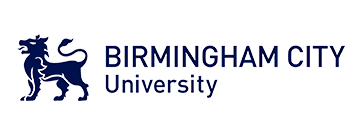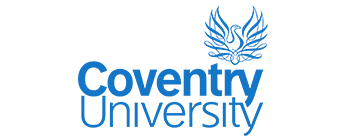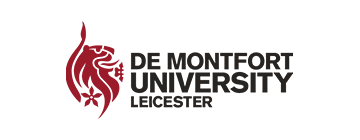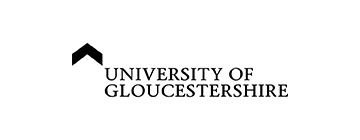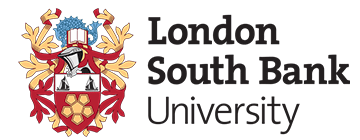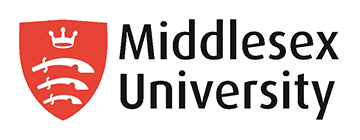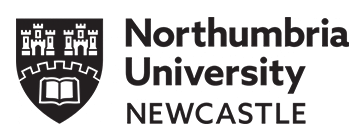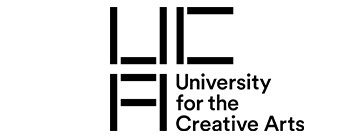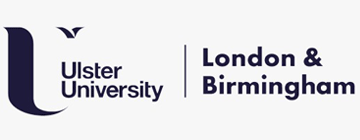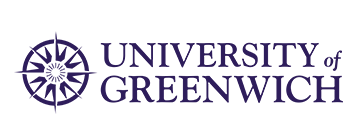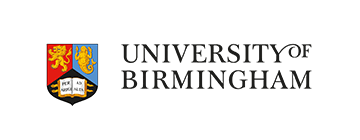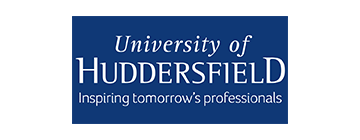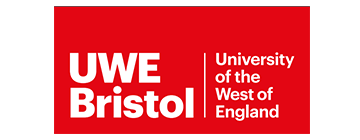If you want to work as an engineer or manager in the airline industry, this course is for you.
We place a strong emphasis on flight deck design on our Aeronautical Engineering degree, particularly the relationship between the pilot and modern fly-by-wire computer interfaces. Propulsion systems will be covered, including gas turbine engines, rocket engines, and internal combustion engines.
Get hands-on experience in our cutting-edge labs, which include a flight simulator capable of simulating Boeing and Airbus aircraft as well as helicopters, as well as a new computerized wind tunnel.
The computer-aided design (CAD) techniques you'll learn are those used by industry professionals, such as Finite Element Analysis and Computational Fluid Dynamics. Many of these subjects are taught in group projects, so you can apply what you've learned.
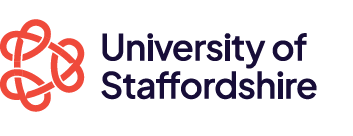
University of Staffordshire
Aeronautical Engineering BEng (Hons)
Entry Requirements
112-120 UCAS Tariff points
- GCE A Levels - grades BBC or equivalent
- Pearson BTEC National Extended Diploma - grade DMM
- Access to HE Diploma - Pass Access with a minimum of 80 UCAS tariff points. Applicants to Staffs who are taking the Access to HE Diploma receive a reduced tariff point offer as part of our access and participation plan activity
- UAL Level 3 Extended Diploma - grade of Merit overall
- OCR Cambridge Technical Extended Diploma - grade DMM
- T Levels - Eligible T Level applications will be asked to achieve a minimum overall grade of P (A*-C) or Higher Pass as a condition of offer.
Career Prospects
Many graduates from this course have gone on to secure pilot roles with companies such as British Airways, Etihad, Monarch, the Royal Air Force and Virgin. Others have secured engineering roles with companies like Rolls Royce, General Electric, Augusta Westland Airbus Helicopters and Eurocopter.
Course Details
Year 1 will introduce you to the fundamentals of technology, mathematics and propulsion systems. Even at this early stage, you will get the chance to be airborne with an opportunity to fly in a glider at a local gliding cub, or fly a commercial Boeing 737 simulator (at a reduced additional cost).
Year 2 will expand your knowledge into areas of aircraft aerodynamics and crash investigation. Between the second and third years, we encourage you to apply for an industrial placement year. These are paid, give you real-world engineering experience, and have been at companies ranging from Airbus Helicopters to GE Engines.
Other specialist modules include flight technology - involving the study of aircraft flight control systems - subsonic and supersonic aerodynamics, crash investigation, flight deck controls, instruments and displays, navigation systems, material properties and selection, and computer-based design, analysis and simulation.
Year 1
Aeronautical Engineering Principles 15 credits
Fundamentals Of Electrical & Electronic Engineering 30 credits
Fundamentals Of Mechanics & Thermo-Fluid 30 credits
Introduction To Engineering Design And Practice 30 credits
Introduction To Engineering Mathematics (Non A-Level) 15 credits
Year 2
Advanced Engineering Mathematics15 credits
Aerodynamics 15 credits
Aircraft Propulsion15 credits
Automation And Control Engineering 15 credits
Flight Dynamics 15 credits
Intermediate Engineering Mathematics 15 credits
Leadership And Management 15 credits
Mechanical Structures 15 credits
Year 3
Aerospace Applications 15 credits
Aircraft Design Project 15 credits
Computational Fluid Dynamics 15 credits
Individual Engineering Project 45 credits
Pilot Studies 15 credits
Structures And Fea 15 credits
Are you ready to start building your future?
Contact our admission counseller and get a free consultation.
